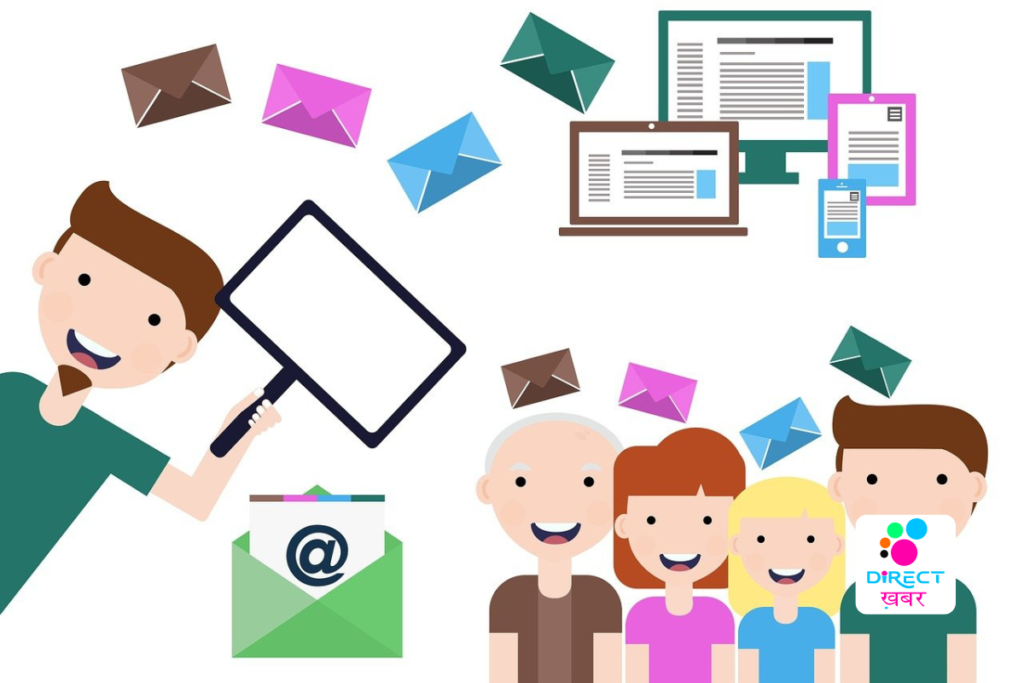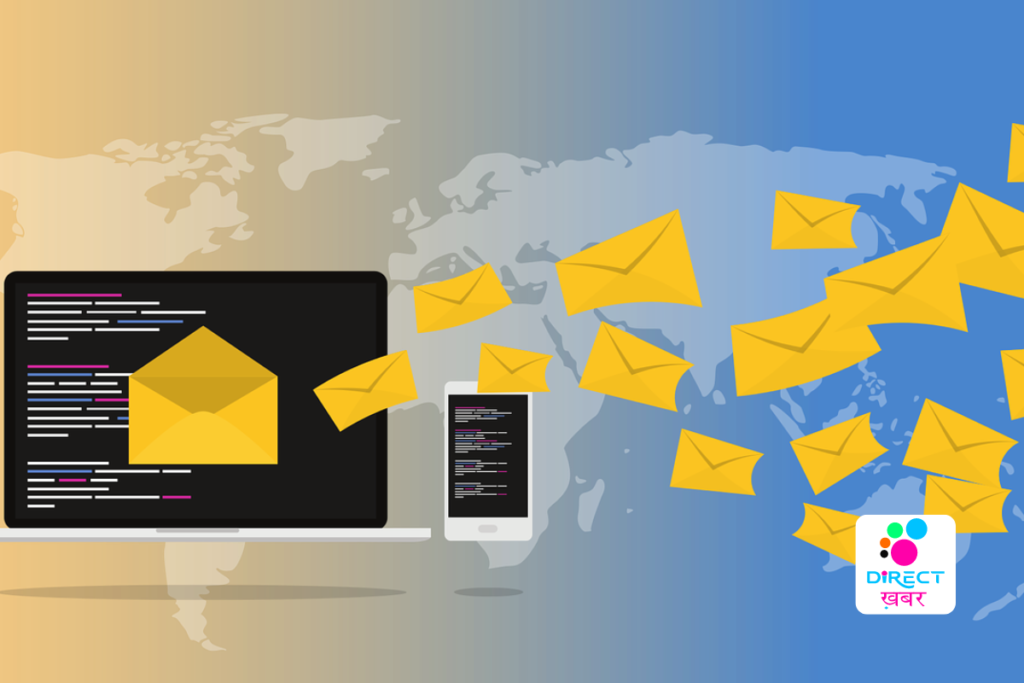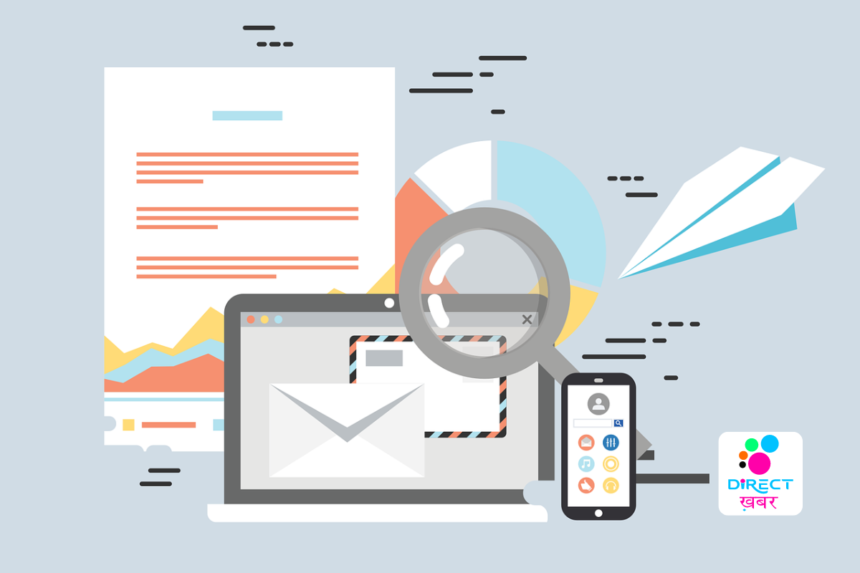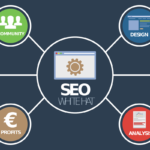Email Marketing: Crafting Compelling Campaigns
Email marketing remains one of the most effective digital marketing channels for businesses to connect with their audience, build relationships, and drive conversions. Crafting compelling email campaigns requires a strategic approach, attention to detail, and a deep understanding of your target audience. In this guide, we’ll explore the key elements of creating engaging email campaigns that resonate with subscribers and deliver results.

- Know Your Audience: Before you start crafting your email campaigns, it’s essential to understand your audience’s needs, preferences, and behaviors. Segment your email list based on demographics, purchase history, engagement levels, or any other relevant criteria. This allows you to tailor your content and messaging to specific segments, increasing relevance and engagement.
- Set Clear Goals: Define clear objectives for your email campaigns, whether it’s driving sales, generating leads, increasing website traffic, or building brand awareness. Your goals will shape your campaign strategy and help you measure success effectively. Make sure your goals are specific, measurable, achievable, relevant, and time-bound (SMART).
- Compelling Subject Lines: The subject line is the first thing subscribers see when they receive your email, so it’s crucial to make it compelling and enticing. Use personalization, urgency, curiosity, or benefit-driven language to grab attention and encourage opens. However, avoid misleading or clickbait subject lines, as they can damage your sender reputation and trust with subscribers.
- Engaging Content: The content of your email should be valuable, relevant, and engaging to your subscribers. Whether you’re sharing educational content, promotional offers, or company updates, focus on providing value and solving your audience’s pain points. Use a mix of text, images, and multimedia to make your emails visually appealing and easy to consume.
- Clear Call-to-Action (CTA): Every email should have a clear and compelling call-to-action that prompts subscribers to take the desired action, whether it’s making a purchase, signing up for a webinar, or downloading a resource. Make your CTA stand out visually and use persuasive language to encourage clicks. Test different CTA placements, colors, and copy to optimize performance.
- Mobile Optimization: With the majority of emails being opened on mobile devices, it’s essential to ensure that your email campaigns are mobile-friendly. Use responsive design principles to ensure your emails render well on various screen sizes and devices. Keep your email copy concise, use large, tappable buttons, and optimize images for fast loading times on mobile.
- Personalization: Personalized emails have higher open and click-through rates compared to generic messages. Leverage subscriber data to personalize your emails based on their preferences, past interactions, and purchase history. Address subscribers by name, recommend products based on their browsing history, or send targeted offers tailored to their interests.

- A/B Testing: Testing is essential for optimizing your email campaigns and maximizing performance. Conduct A/B tests on different elements of your emails, such as subject lines, sender names, email copy, CTAs, and visuals. Analyze the results to identify what resonates best with your audience and iterate on your campaigns accordingly.
- Consistent Branding: Maintain consistent branding across all your email campaigns to reinforce brand recognition and trust with subscribers. Use your brand colors, fonts, logos, and voice consistently in your emails to create a cohesive brand experience. Consistency helps subscribers recognize your emails in their inbox and builds credibility over time.
- Monitor and Analyze Performance: Track key metrics such as open rates, click-through rates, conversion rates, and unsubscribe rates to measure the effectiveness of your email campaigns. Use email marketing analytics tools to gain insights into subscriber behavior, campaign performance, and areas for improvement. Use this data to refine your email strategy and optimize future campaigns.

Crafting compelling email campaigns requires a combination of strategy, creativity, and data-driven decision-making. By understanding your audience, setting clear goals, and following best practices for content and design, you can create email campaigns that engage subscribers, drive results, and ultimately grow your business.






